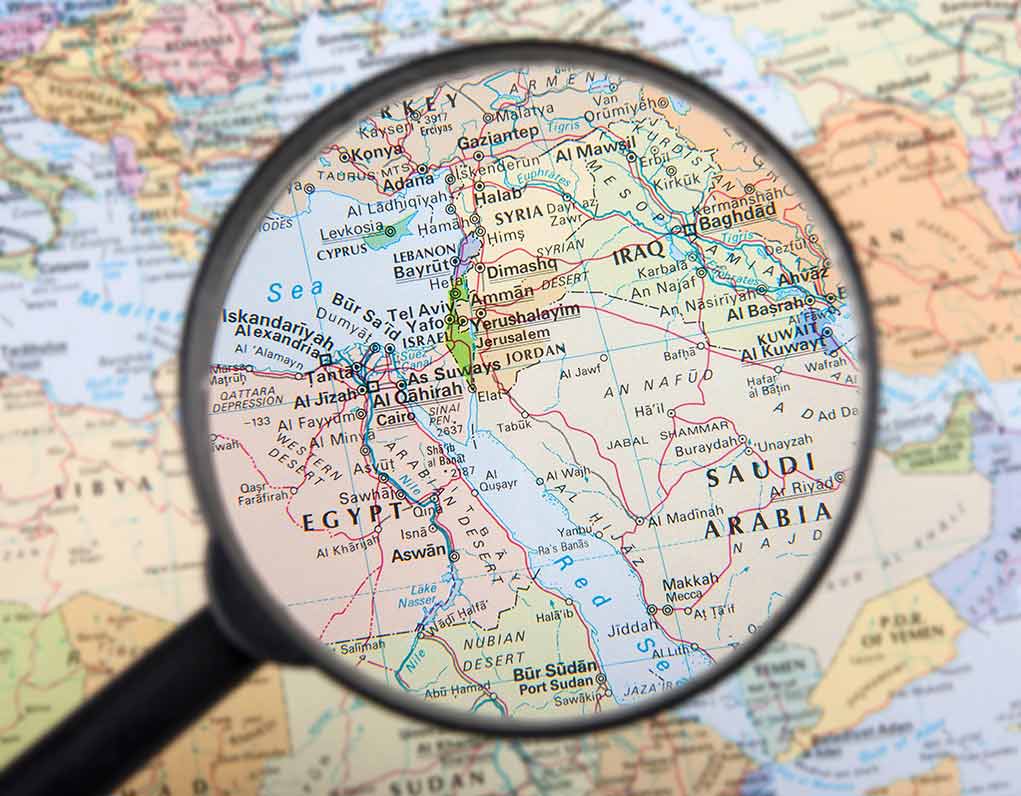
President Donald J. Trump secures a groundbreaking agreement to save the critically endangered Arabian leopard, with fewer than 120 left in the wild, by establishing the only exhibit of these majestic cats in America at the Smithsonian National Zoo.
Key Takeaways
- President Trump secured an agreement to bring two Arabian leopards to the Smithsonian National Zoo, creating the only exhibit of this critically endangered species in the United States
- The Arabian leopard conservation agreement is part of a broader $600 billion investment commitment from Saudi Arabia to the United States during Trump’s diplomatic visit
- The Smithsonian National Zoo and Conservation Biology Institute partnered with Saudi Arabia’s Royal Commission for Alula to advance conservation efforts for a species with fewer than 120 individuals remaining in the wild
- President Trump demonstrated personal interest in the leopards, asking detailed questions about their biology, habits, and care requirements
- This conservation agreement represents significant strides in wildlife preservation through international cooperation and diplomacy
Historic Conservation Agreement During Middle East Diplomacy
During his recent state visit to Saudi Arabia, President Trump accomplished far more than strengthening economic and defense ties—he secured a landmark conservation agreement to help save one of the world’s most endangered big cats. The partnership between the Smithsonian National Zoo and Conservation Biology Institute (NZCBI) and Saudi Arabia’s Royal Commission for Alula (RCU) will establish the only Arabian leopard exhibit in the United States. This rare species, scientifically known as Panthera pardus nimr, is critically endangered with fewer than 120 individuals remaining in the wild, primarily in remote areas of Oman and Yemen.
“President Trump is the dealmaker in chief, and he has once again secured a historic deal that strengthens America’s economic dominance and global influence,” stated the White House.
The conservation agreement is part of a comprehensive diplomatic initiative with a $600 billion investment commitment from Saudi Arabia to the United States. Beyond economic ties, this particular agreement demonstrates the administration’s commitment to environmental stewardship and international cooperation in preserving endangered species. President Trump personally showed significant interest in the conservation effort, engaging directly with experts about the leopards and their preservation needs.
Presidential Interest and Hands-On Diplomacy
What distinguished this conservation agreement was President Trump’s engagement with the subject matter. According to Brandie Smith, director of the Smithsonian National Zoo, the president was “very interested in the leopards as a species.” During briefings about the agreement, Trump engaged experts with detailed questions, including: “How big are they? What do they eat? How dangerous are they?” This hands-on approach to conservation diplomacy underscores the administration’s comprehensive approach to international relations that extends beyond traditional economic and defense considerations.
Smith traveled to Saudi Arabia to ensure all arrangements for the leopards’ eventual transfer would meet the Smithsonian’s exacting standards for animal care and conservation. Her thorough briefings about current conservation efforts won attention from both travel officials and local leaders, establishing a strong foundation for this international partnership. The agreement will create a specially designed habitat at the National Zoo that mirrors the leopards’ natural environment while providing optimal care conditions.
President Donald Trump and Saudi Crown Prince Mohammed bin Salman Al Saud signed several memorandums of understanding as part of a series of investments Trump has wanted from the Saudis.
Trump pushed for $1 trillion but the Saudis only gave $600 billion.
The signed agreements… pic.twitter.com/iq3Fm7apiD
— News News News (@NewsNew97351204) May 13, 2025
Saudi Arabia’s Conservation Leadership
The Arabian leopard agreement highlights Saudi Arabia’s emerging role in global conservation efforts. The kingdom has developed an intensive captive breeding program for these endangered cats, celebrating a significant milestone earlier this year with the birth of triplets. This breeding success offers hope for a species on the brink of extinction. By partnering with the internationally respected Smithsonian Institution, Saudi Arabia demonstrates its commitment to leveraging scientific expertise while raising global awareness about these threatened predators.
“The deals celebrated today are historic and transformative for both countries and represent a new golden era of partnership between the United States and Saudi Arabia,” stated the White House.
Beyond the leopard conservation agreement, the broader partnership includes collaborative initiatives between the Smithsonian National Museum of Asian Art and the Royal Commission for Alula “to enhance cultural exchange and mutual understanding between museum professionals and scholars.” This cultural dimension complements the economic aspects of the U.S.-Saudi partnership, which includes investments in energy security, defense technology, infrastructure development, and healthcare innovation.
A New Era for Conservation Diplomacy
The Arabian leopard agreement represents a sophisticated approach to conservation that combines diplomatic engagement, cultural exchange, and scientific cooperation. By creating the only Arabian leopard exhibit in the United States, President Trump has secured not only a conservation win but also an educational opportunity for Americans to learn about this magnificent species. The specially designed habitat at the National Zoo will serve as both a sanctuary for the leopards and a platform for raising awareness about global conservation challenges.
“Today in Saudi Arabia, President Donald J. Trump announced Saudi Arabia’s $600-billion commitment to invest in the United States, building economic ties that will endure for generations to come,” stated the White House.
This agreement follows the Smithsonian National Zoo’s recent success in bringing giant pandas back to Washington, D.C., establishing the institution as a leader in international conservation partnerships. The addition of Arabian leopards further enhances the zoo’s commitment to preserving the world’s most endangered species through scientific research, captive breeding, and public education. President Trump’s interest in this conservation effort demonstrates that America’s global leadership extends to protecting the planet’s biodiversity for future generations.











